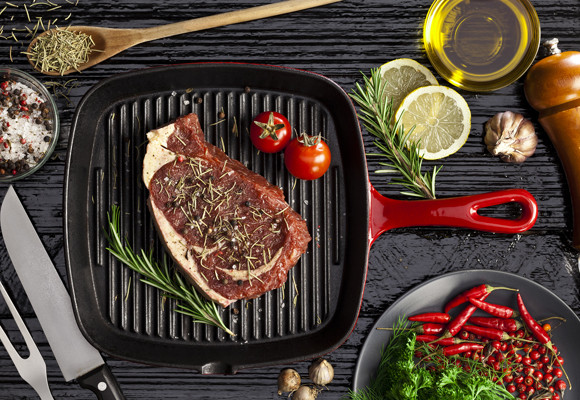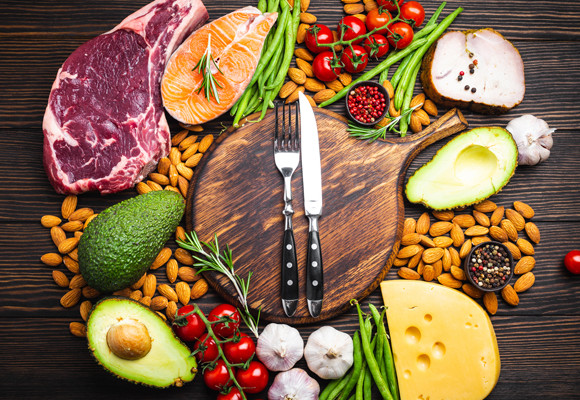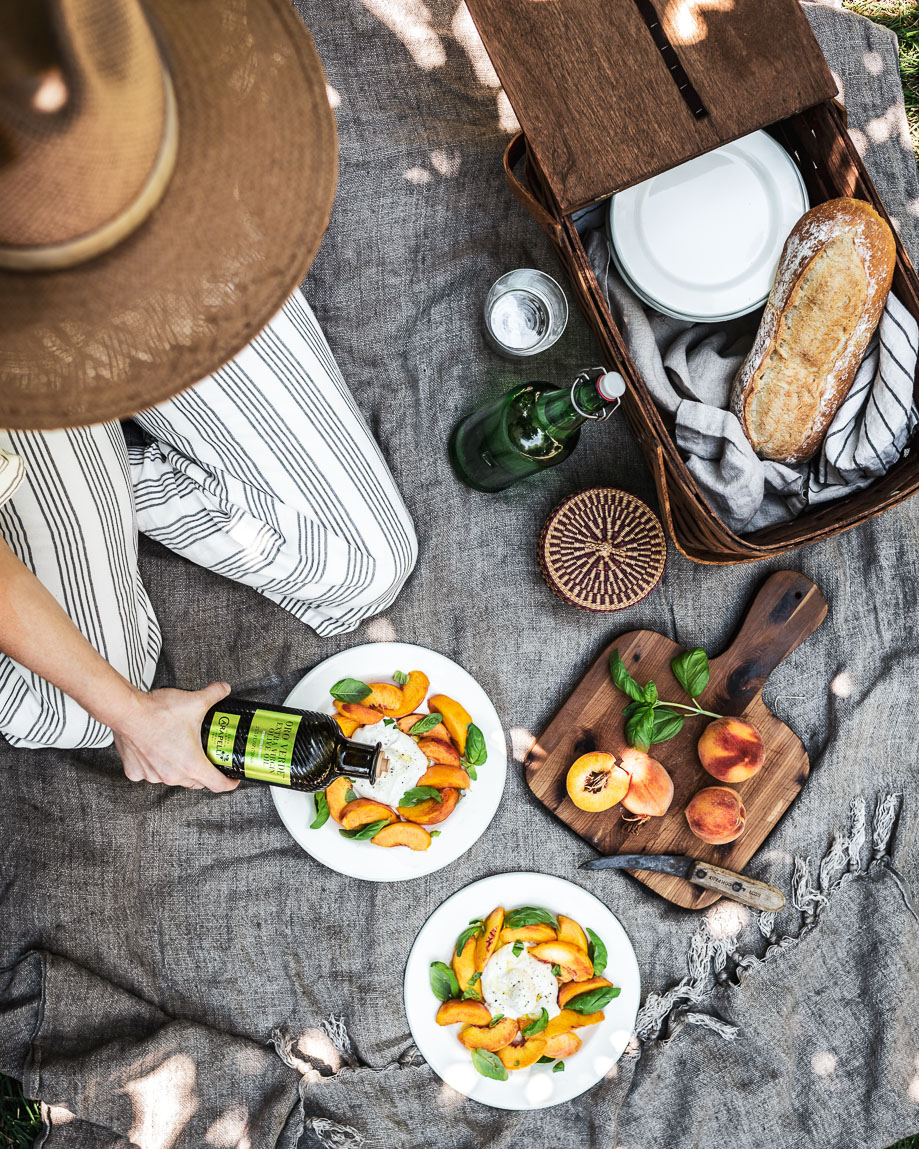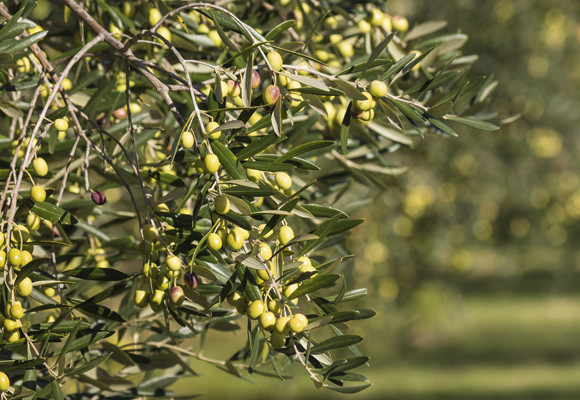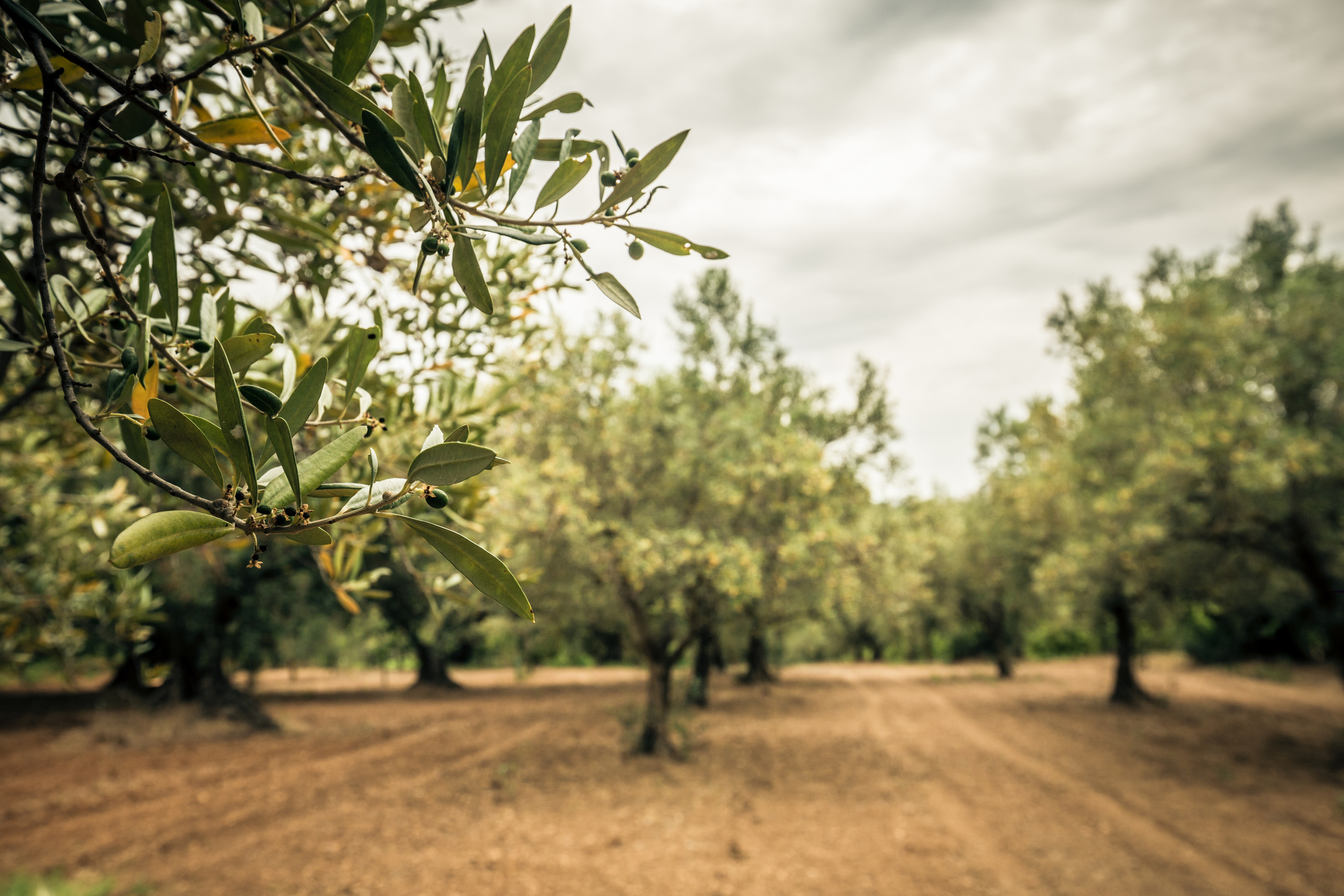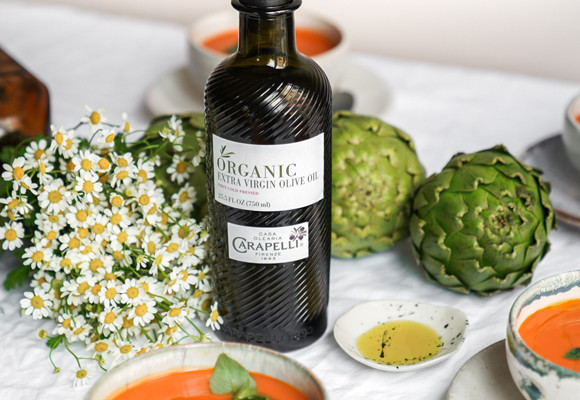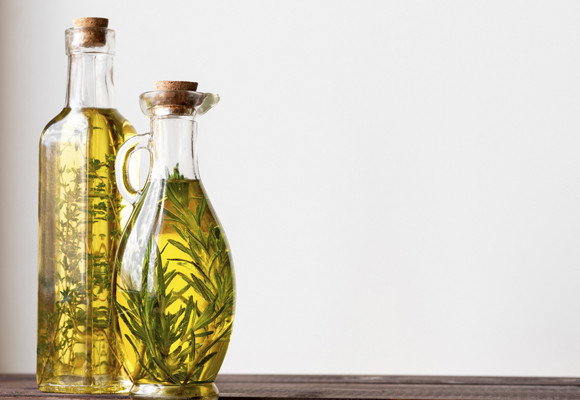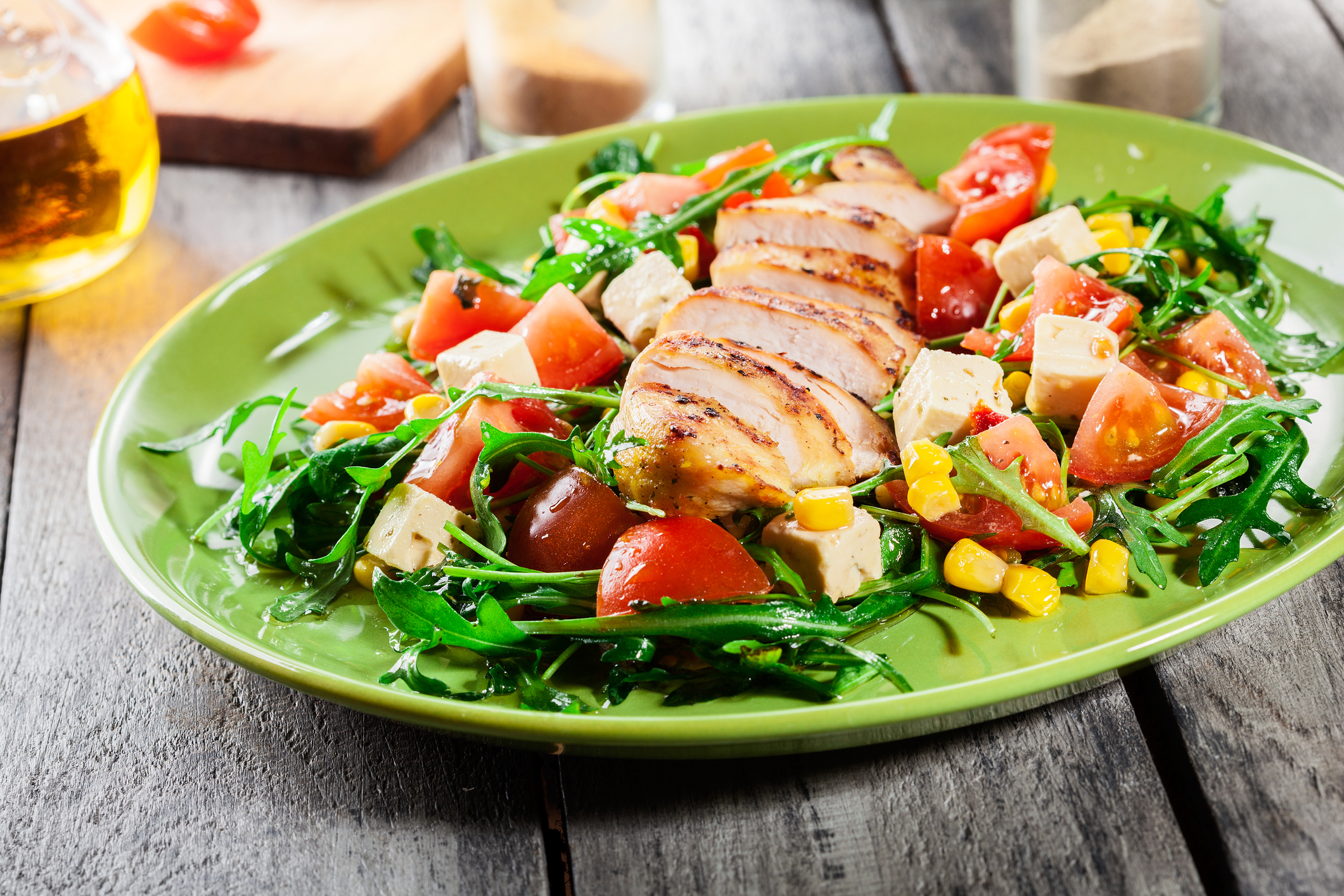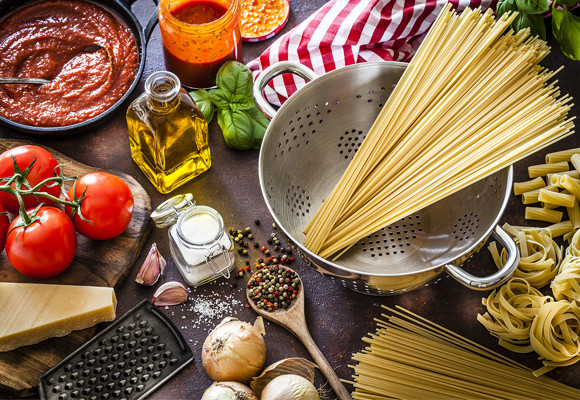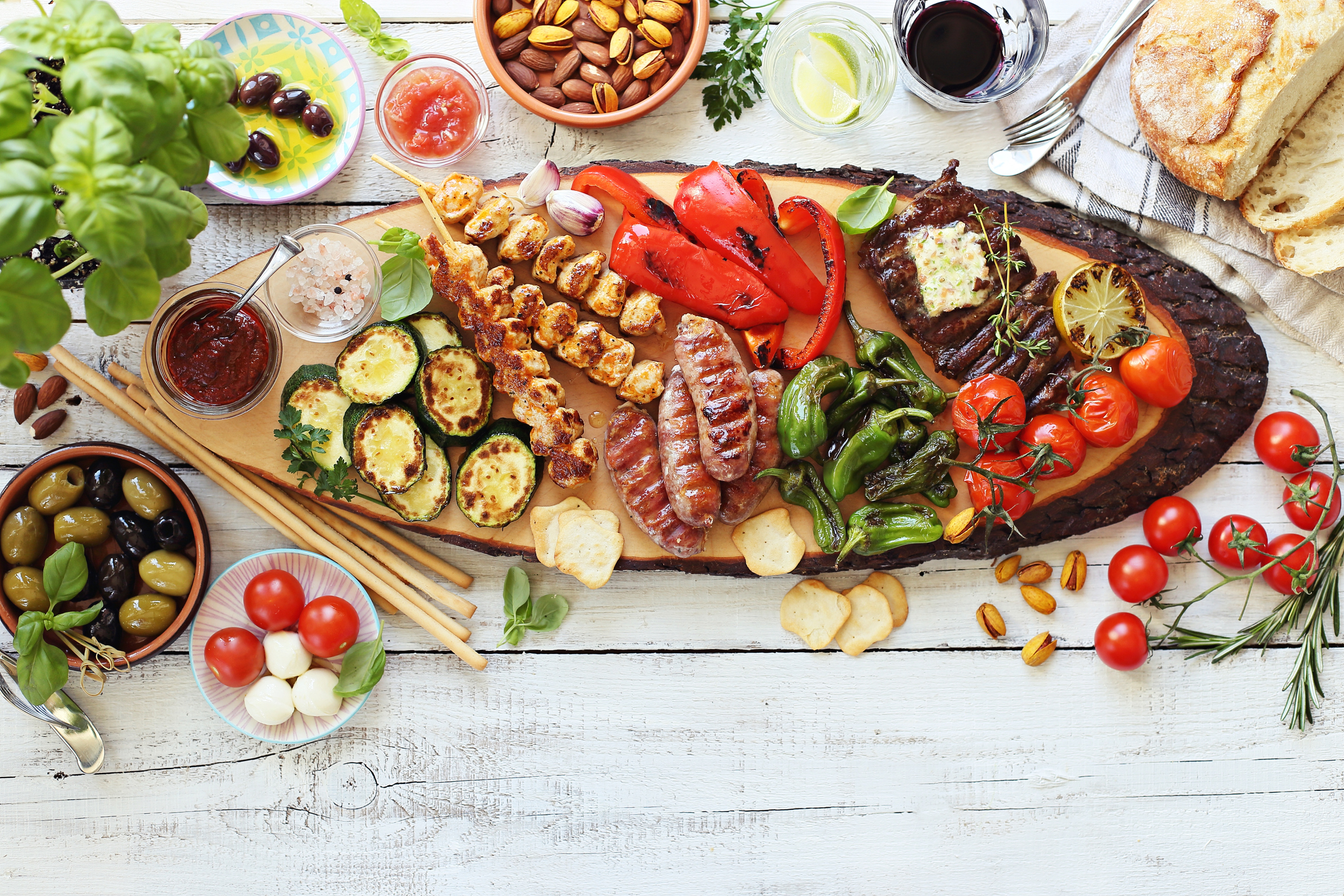The most common use of extra virgin olive oil is undoubtedly in its raw form; for example, it is widely used in salads, seasonings and sauces. It is rumored that this oil should not be used to cook hot dishes. Nevertheless, nothing could be further from the truth. You can cook with extra virgin olive oil, and indeed you should.
YOU CAN COOK WITH EXTRA VIRGIN OLIVE OIL
The reason is very simple: olive oil is a very stable oil, owing to the amount of monounsaturat-ed fats that it contains. As a result, it can reach high temperatures without losing its nutritional components. In addition, it does not become toxic, unlike some other oils that spoil at high tempera-tures due to their instability.
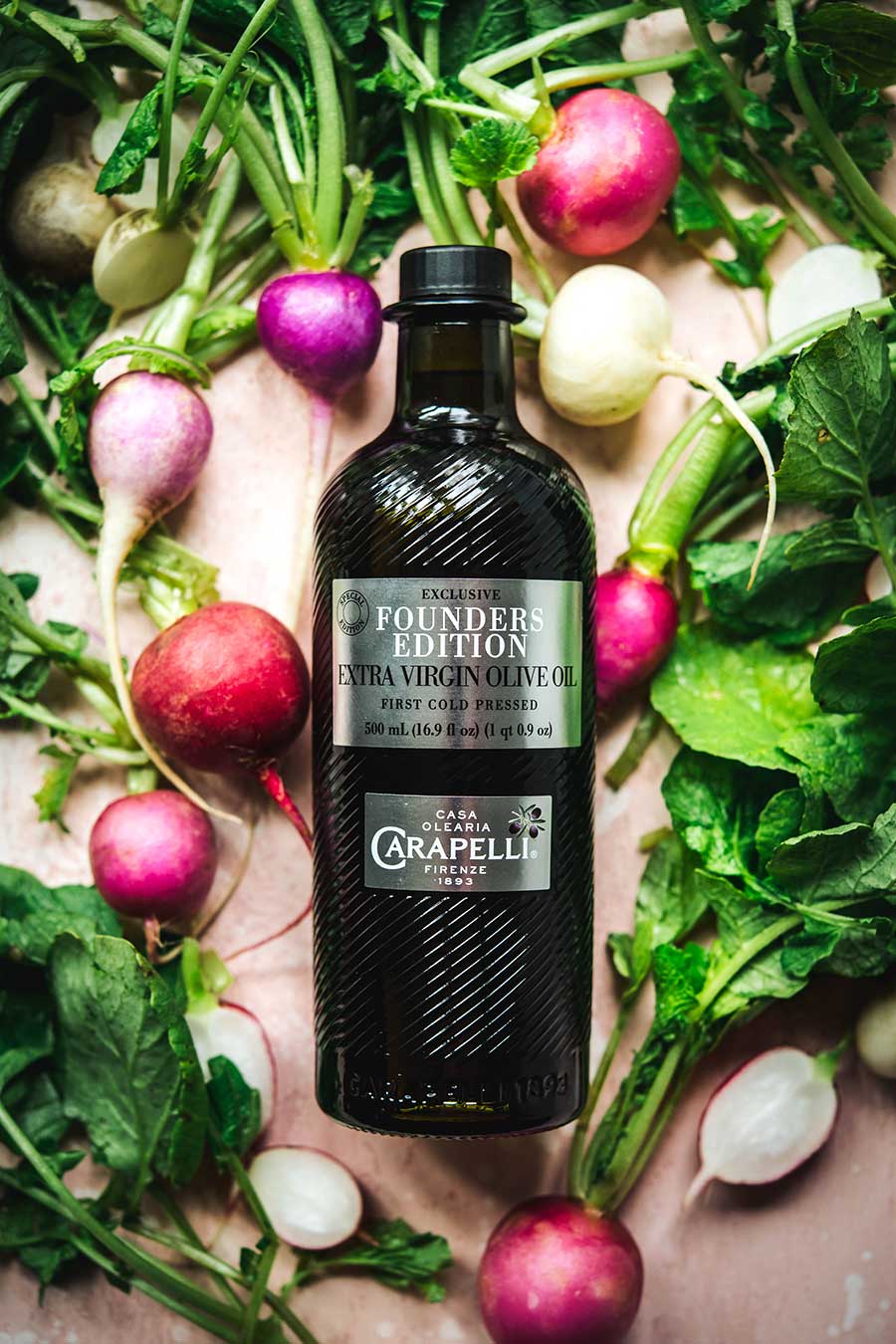
It is true that it is the most expensive olive oil on the market – it is for precisely this reason that some think that it should only be eaten raw. Its price is high because of how healthy it is at both high and low temperatures.
In short, you can cook with extra virgin olive oil. For example, if you are going to cook meat, my recommendation is that you use Carapelli Organic, since it will enhance all its flavor. Use Carapelli oils daily and enjoy a healthy, high quality and ex-quisite taste to the fullest.
Enjoy your favorite dishes with the aroma of extra virgin olive oil.

